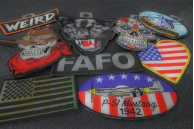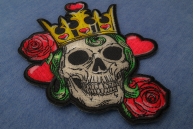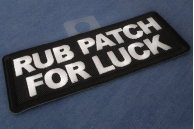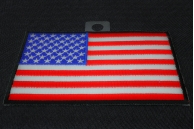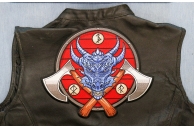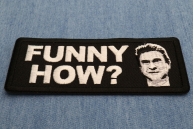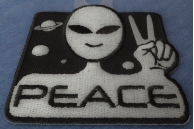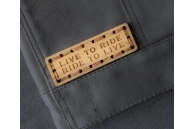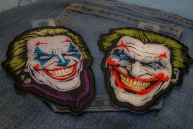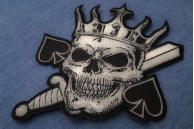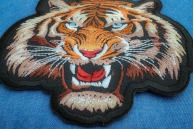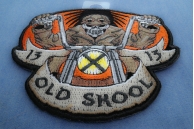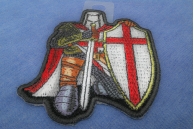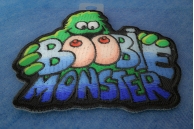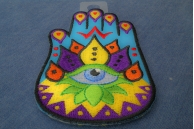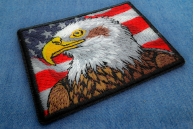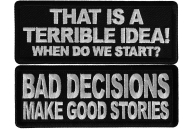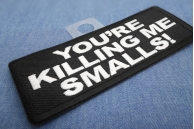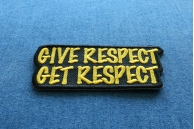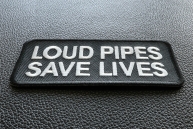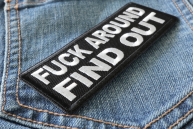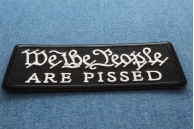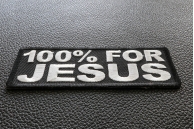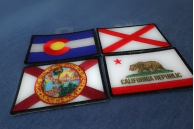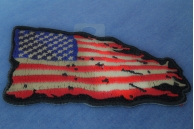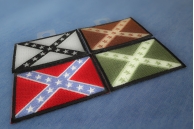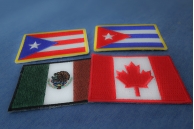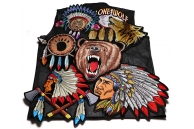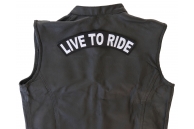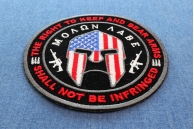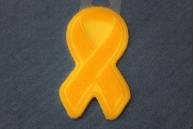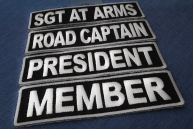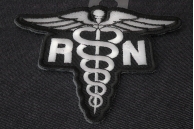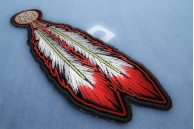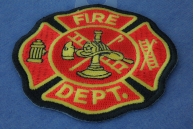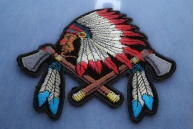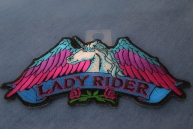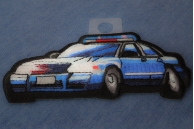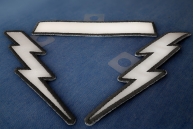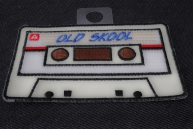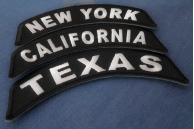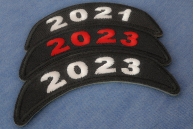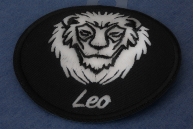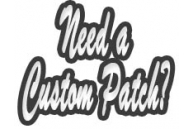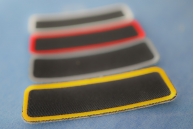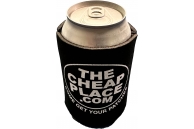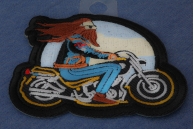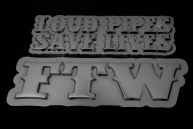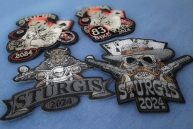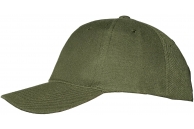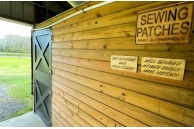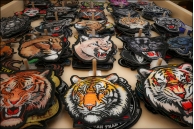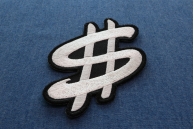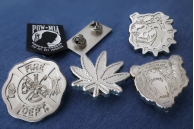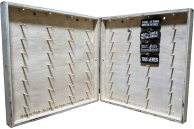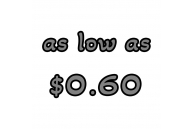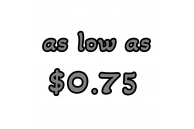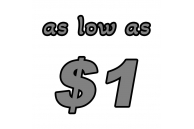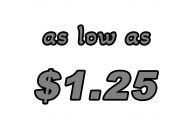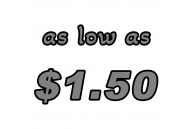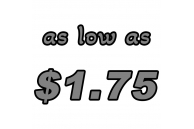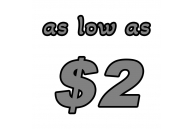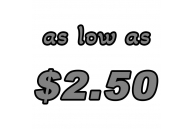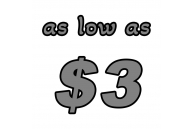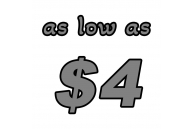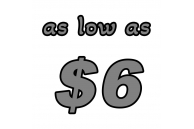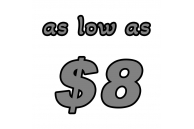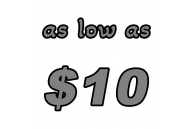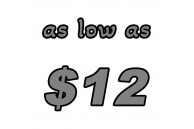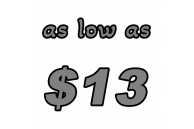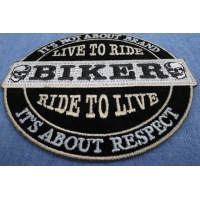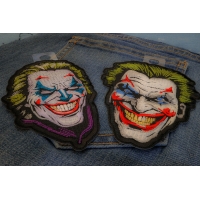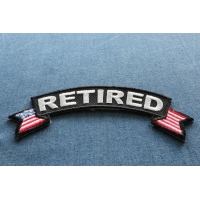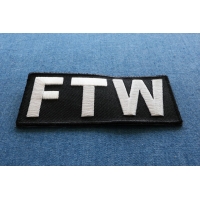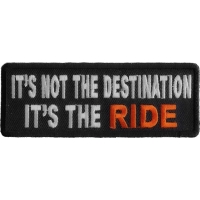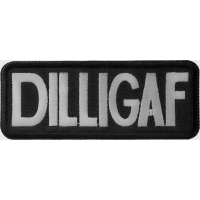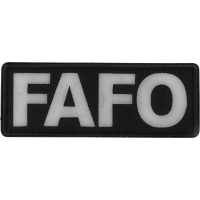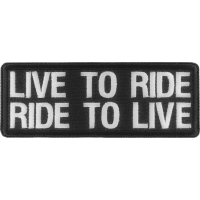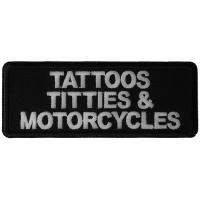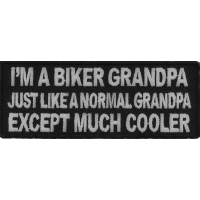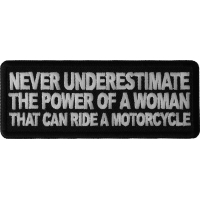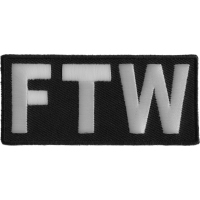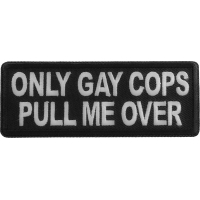Live to ride small white rocker patch is embroidered and measures 4x1.5 inch. Apply to your clothing by either ironing on or sewing it on. Please do not iron on patches to leather or nylon material. The patch features a nice embroidered die cut border making it easy to sew on when ironing on is not an option. This patch is also available for wholesale. Apply for wholesale patches to get the cheapest possible price.
Generally speaking, biker patches are worn to show the biker's affiliation to a particular club. They are usually worn on the back of the jacket so that they can be easily recognized by other bikers. They therefore serve a similar purpose to tribal tattoo art. Traditionally tribal tattoos helped members of a tribe or clan to recognize each other. But nowadays tattoos also make personal and artistic statements about the wearer and this is much the same with biker patches.
The biker lifestyle, with its rejection of authority and insular small-town mentality, became idealized and popularized in the 1950s. Because bikers were seen in a criminal light by law enforcement agencies, they became synonymous with gang warfare and an outlaw subculture. Hell's Angels were the founding members. They were formed in 1948 in California by disparate groups of bikers from other clubs who were clearly disenchanted with life in the repressive post-war years. They adopted an insignia reminiscent of wartime fighter pilots and became associated with dare-devil or death-defying escapades. The biker patches worn by Hell's Angels are still shrouded in mystery but they are meant to symbolize certain feats, beliefs or actions of the individual wearer. The predominant colors are red and white, with red lettering against a white background. The number 81 appears in many of their patches and is believed to represent the correspondent alphabet letters in coded form (8 for H and 1 for A).
Whilst there are no specific rules about how custom biker patches are designed, some general meanings can be read into them. A one piece patch often signifies membership of a motorcycle organization, while two pieces usually signify that the rider is affiliated to a biker's club. Three piece designs have become known as 'outlaws', meaning their wearers are free-spirited and have no alliance to one particular club or organization. These three piece patches usually have crescents (or 'rockers') above and below the club patch. The upper crescent displays the name of the club, while the lower one shows where it is based. Generally speaking, new members to the club are only allowed to wear the top rocker until they have been fully approved. However, these are not hard and fast rules and sometimes bikers choose three-piece patches for their own personal reasons.
Other outlaw biker patches include a small, diamond-shaped patch with 1% embroidered in the center. This relates to the claims of an American Motorcycle association that 99% of American bikers were law-abiding. The 1% therefore represents the outlaw minority. The counterpart to this is 99% - which signifies a connection with law enforcement. A #13 patch corresponds with the letter M in the alphabet and signifies that the wearer is involved in taking or dealing in drugs. The number 9 on a patch indicates that the rider has Indian blood (as the letter I is the ninth alphabet letter).
You often see patches with wings and these can be interpreted in different ways. Man has always admired birds for their independence and freedom and biker patches bearing wings usually signify some personal achievement of the wearer within the club. But wings can also have negative connotations and may refer to criminal or sexual exploits. Similarly, a patch bearing a skull and crossbones can convey a warning message to others: that the wearer has escaped or caused death.
Biker patches make fascinating subjects for study and are not just limited to outlaw clubs. They can represent services rendered, respect for law, affiliation to any number of clubs, lone wolf bikers, participation in rallies or even belonging to a religious community. They help establish a biker's identity and impart valuable information about him to the discerning world and it is up to us to read and interpret their messages discriminately.
